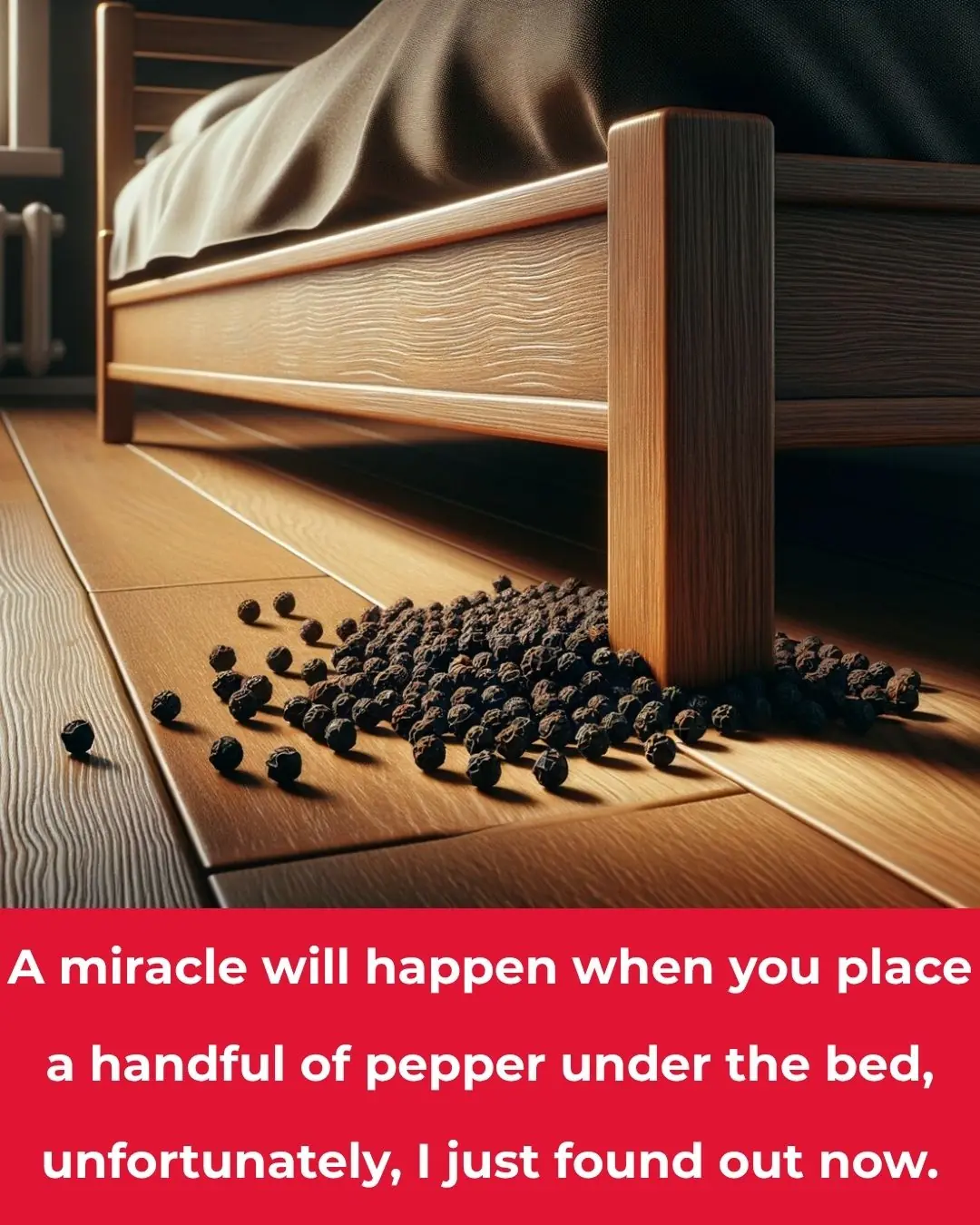
They were wrong about fasting — here’s what 30 hours without food really does to your body

For decades, we’ve been told a single story about food: never skip meals, eat small portions frequently to keep your metabolism “fired up,” and that fasting would only cause muscle loss and fatigue. But what if that story was wrong? What if the human body wasn’t meant to be constantly fed—but instead designed to thrive through natural cycles of eating and resting?
The truth is, your body is a remarkably intelligent and adaptive system. It has evolved over thousands of years to handle periods of both feast and famine with incredible efficiency. When you intentionally go without food for a strategic period, you’re not shutting your body down—you’re awakening a range of powerful biological mechanisms that can enhance every part of your health, from burning stubborn fat to rejuvenating your brain.
Fasting isn’t about deprivation—it’s about restoration. It’s giving your body the space and time it needs to clean house, repair damaged cells, and reset its metabolic balance. When you understand what’s happening hour by hour inside you, fasting transforms from a test of willpower into one of the most effective wellness tools available.
In this guide, we’ll break down a 30–36-hour fast into five distinct phases, each with unique metabolic changes and benefits. You’ll learn what’s happening inside your body at every step and how to enhance those effects through movement, hydration, and mindset. Get ready to unlock the incredible potential that’s been within you all along. (Inspired by insights from Thomas DeLauer)
🔑 Key Takeaways
-
Fasting isn’t a shutdown—it’s a metabolic switch. Your body transitions from burning glucose (sugar) to using stored fat for fuel.
-
The benefits are layered. Fat burning, cellular repair, gut restoration, and brain rejuvenation each activate at different times.
-
You can enhance every phase. Strategic exercise, hydration, and relaxation practices can amplify results.
-
Fasting sharpens your brain. It boosts a molecule called BDNF, promoting mental clarity, focus, and the growth of new brain cells.
-
It’s a metabolic reset. By giving your digestive system a break, fasting dramatically improves insulin sensitivity—a key factor in preventing chronic disease.
1. Phase 1: The Emptying Phase (Hours 0–12)
Think of your digestive system as a busy kitchen after a feast—before you can clean it, you must clear the dishes. This first phase is your body “cleaning up” after your last meal. For the first several hours, insulin levels remain elevated, moving glucose from your blood into cells for energy. As long as insulin is high, fat burning is locked away—your body won’t touch its fat stores yet.
During this 0–12-hour window, your energy still comes from glucose and fatty acids derived from your last meal. Hunger pangs may appear, especially if you’re used to regular eating intervals. But this early discomfort is temporary—it’s simply your body signaling habit, not need.
👉 Pro tip: This is an excellent time for high-intensity exercise—lifting weights or sprinting. Such activity burns through remaining glucose quickly, helping you reach the fat-burning stage faster. Think of it as “emptying the tank” so your body can start accessing the deeper, cleaner energy reserves within.
As insulin begins to taper toward hour 10–12, you’re laying the groundwork for something remarkable—metabolic flexibility.
2. Phase 2: The Fat-Burning Switch (Hours 12–16)
Here’s where the magic begins. Around the 12-hour mark, your body has used up most of its quick energy supply. Insulin levels drop sharply, unlocking access to your fat stores. This is when a crucial enzyme called AMPK (AMP-activated protein kinase) is activated—it acts as a biological “fuel gauge,” sensing low energy and signaling your body to start burning stored fat.
This is known as the “metabolic switch”—a shift from sugar-burning to fat-burning. During this transition, you might experience light fatigue or brain fog as your cells adapt to their new fuel source. But soon after, hunger fades and clarity returns.
Our ancestors relied on this adaptation for survival; they didn’t lose focus or energy when food was scarce—they became sharper and more efficient hunters.
👉 Enhance this phase: Try a gentle walk or light cycling. Low-intensity activity supports fat oxidation and encourages your body to become better at using fat as fuel. At this point, digestion slows down, and more energy is rerouted to your brain and internal repair systems.
3. Phase 3: The Goldilocks Zone (Hours 16–24)
You’ve reached the “sweet spot” of fasting—the perfect balance where the body begins to thrive. Between 16 and 24 hours, profound biological processes ignite.
The first is gluconeogenesis, where your body creates small amounts of glucose—not from muscle, but primarily from the glycerol in fat cells. This ensures your brain and red blood cells get the minimal glucose they need, while the rest of your body runs on fat and ketones.
Around this stage, electrolyte balance becomes important. As insulin stays low, your kidneys excrete more water and sodium. Feeling dizzy or sluggish? You likely need salt, not sugar. A pinch of high-quality sea salt or electrolyte water can quickly restore balance.
Then comes the star of the show: autophagy—your body’s internal recycling system. Damaged cells, proteins, and dysfunctional components are broken down and rebuilt. This process not only delays aging but also strengthens your immune defenses and cellular efficiency.
At the same time, mitophagy—the cleanup of old mitochondria—kicks in, paving the way for newer, stronger “power plants” inside your cells. Around hour 20, your gut lining also begins a major restoration project, repairing microscopic damage and activating intestinal stem cells.
Your body isn’t slowing down—it’s reinventing itself from the inside out.
4. Phase 4: The Ketosis & Clarity Phase (Hours 24–30)
By the 24-hour mark, your body becomes a ketone factory. Ketones, produced from fat breakdown, are a cleaner, more efficient energy source for both body and brain.
Many people report an almost euphoric sense of clarity at this stage. Hunger diminishes because ketones suppress appetite hormones, and inflammation across the body begins to drop dramatically. Aches, stiffness, or headaches may fade as systemic inflammation subsides.
Inside your brain, something extraordinary happens. Neurotransmitters shift: glutamate levels (associated with stress and overexcitement) decline, while GABA levels rise, creating calm, focus, and mental sharpness.
Simultaneously, the production of Brain-Derived Neurotrophic Factor (BDNF) skyrockets. This compound has been called “Miracle-Gro for the brain” because it encourages the growth of new neurons and enhances learning, memory, and adaptability.
👉 Optimize this phase: Meditation, journaling, or creative work pair beautifully here. Your brain is in a hyper-focused, low-anxiety state—perfect for deep thought or reflection.
5. Phase 5: The Metabolic Reset (Hours 30–36)
You’ve now entered the reset zone. Beyond 30 hours, your body reaches peak insulin sensitivity—your cells respond far more efficiently to insulin, meaning that when you eat again, nutrients are absorbed with precision rather than stored as fat. This directly counters insulin resistance, one of the root causes of obesity, fatigue, and metabolic disorders.
Some people worry about losing muscle during fasting, but in this timeframe, that concern is largely unfounded. Your muscles may appear smaller due to water loss, not muscle breakdown. Remember: every gram of glycogen (stored carbohydrate) holds several grams of water. Once you refeed, your muscles rehydrate and regain fullness.
In fact, ketones are muscle-sparing, providing energy while protecting lean tissue. Light movement or resistance training signals your body to maintain that muscle mass, even in a fasted state.
At this point, you’ve completed a powerful metabolic reboot—your hormones are balanced, your cells are rejuvenated, and your metabolism is recalibrated for efficiency.
🌅 Conclusion: A 36-Hour Revolution for Your Body and Mind
In just 30–36 hours, you’ve accomplished what weeks—or even months—of traditional dieting often fail to achieve. You’ve burned through stubborn fat, activated cellular cleansing, rebooted your gut health, sharpened your brain, and reignited your body’s natural metabolic intelligence.
Fasting teaches your system to be metabolically flexible, switching smoothly between glucose and fat for fuel. It’s one of the oldest, simplest, and most powerful healing tools known to humankind.
When practiced with knowledge and intention, fasting isn’t punishment—it’s empowerment. It’s the art of stepping back so your body can step up. By understanding these five phases, you can approach fasting with confidence and experience a renewed sense of energy, focus, and vitality that extends far beyond the fast itself.
News in the same category

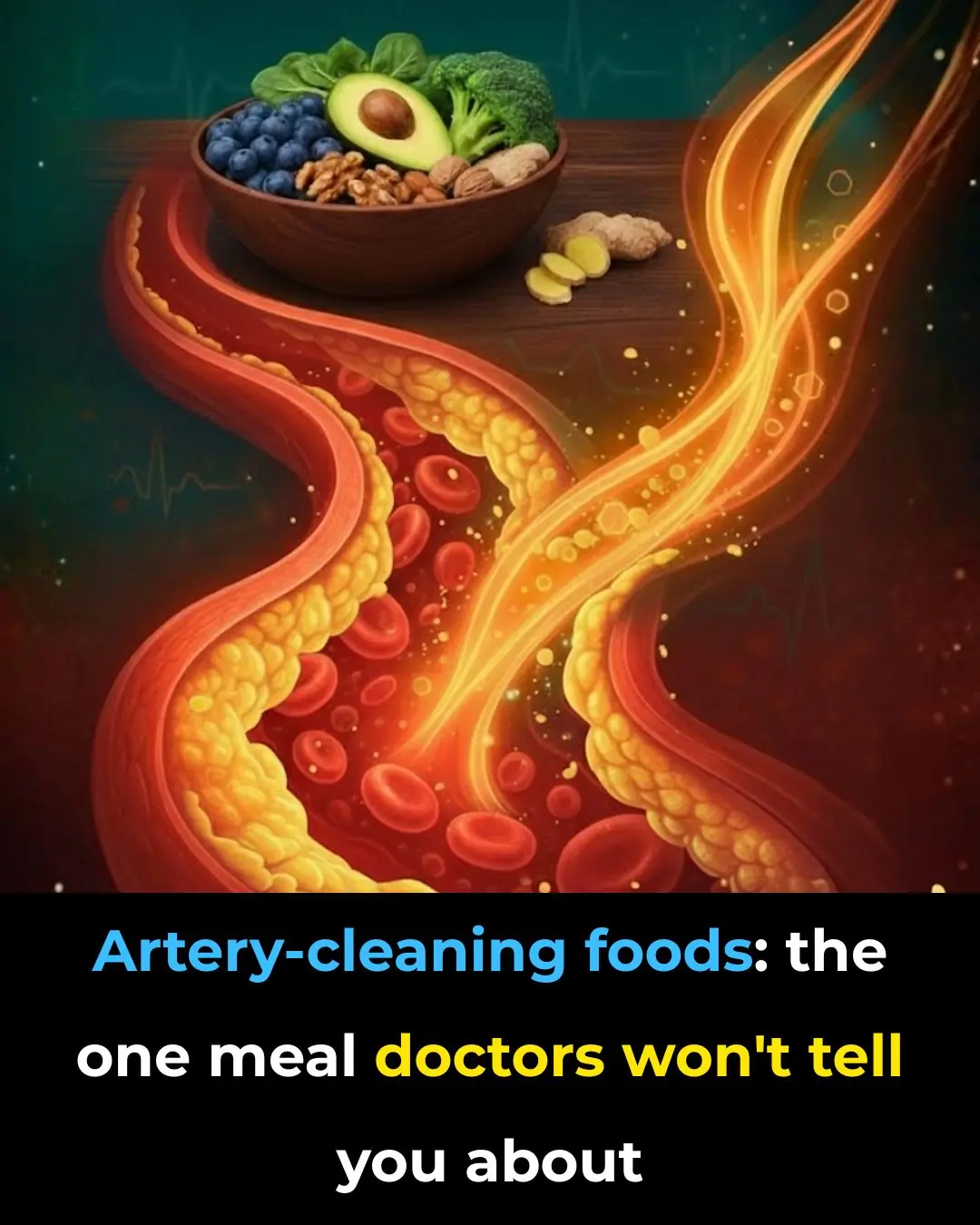
Artery-Cleaning Foods: The One Meal Doctors Won’t Tell You About
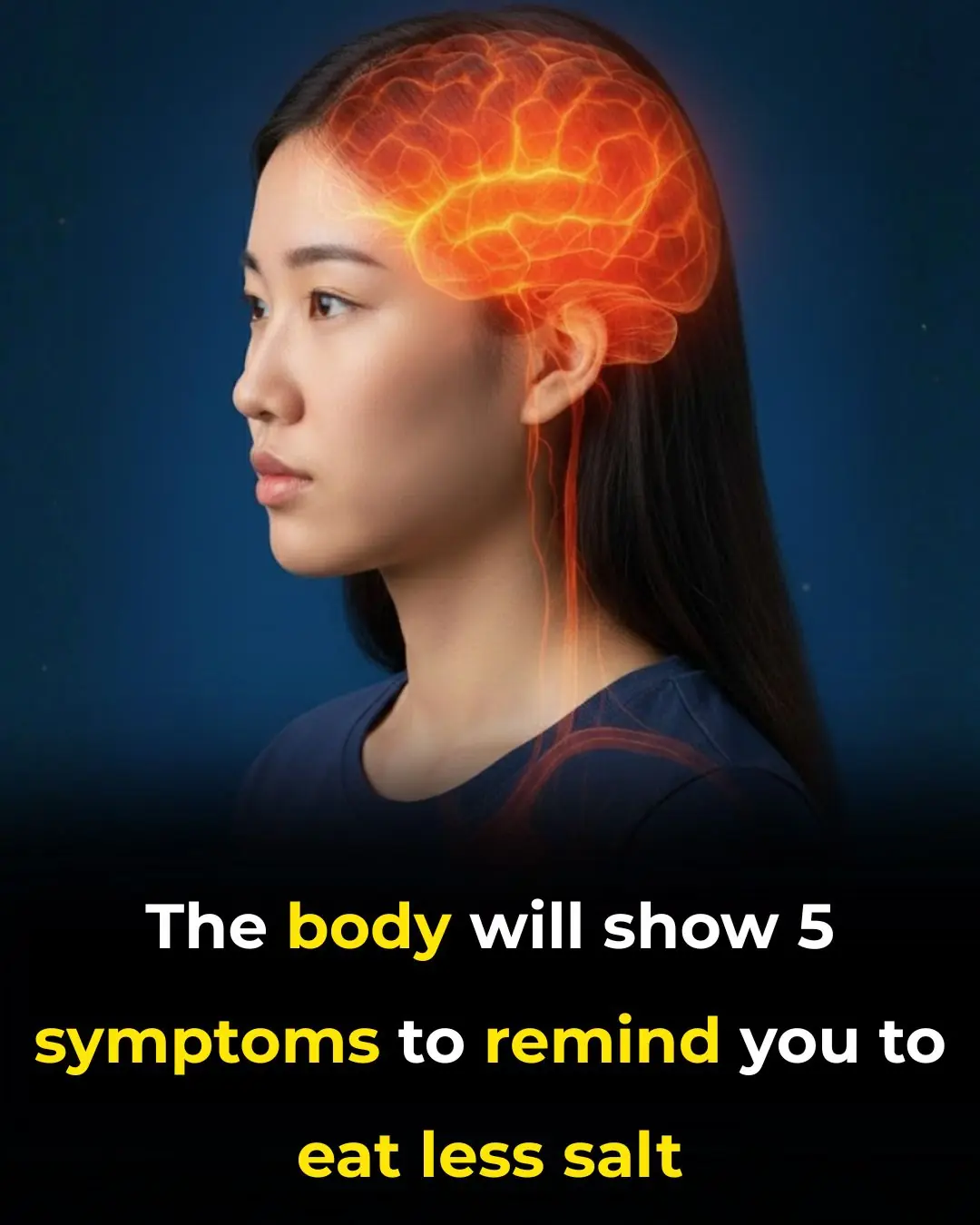
The body will show 5 symptoms to remind you to eat less salt
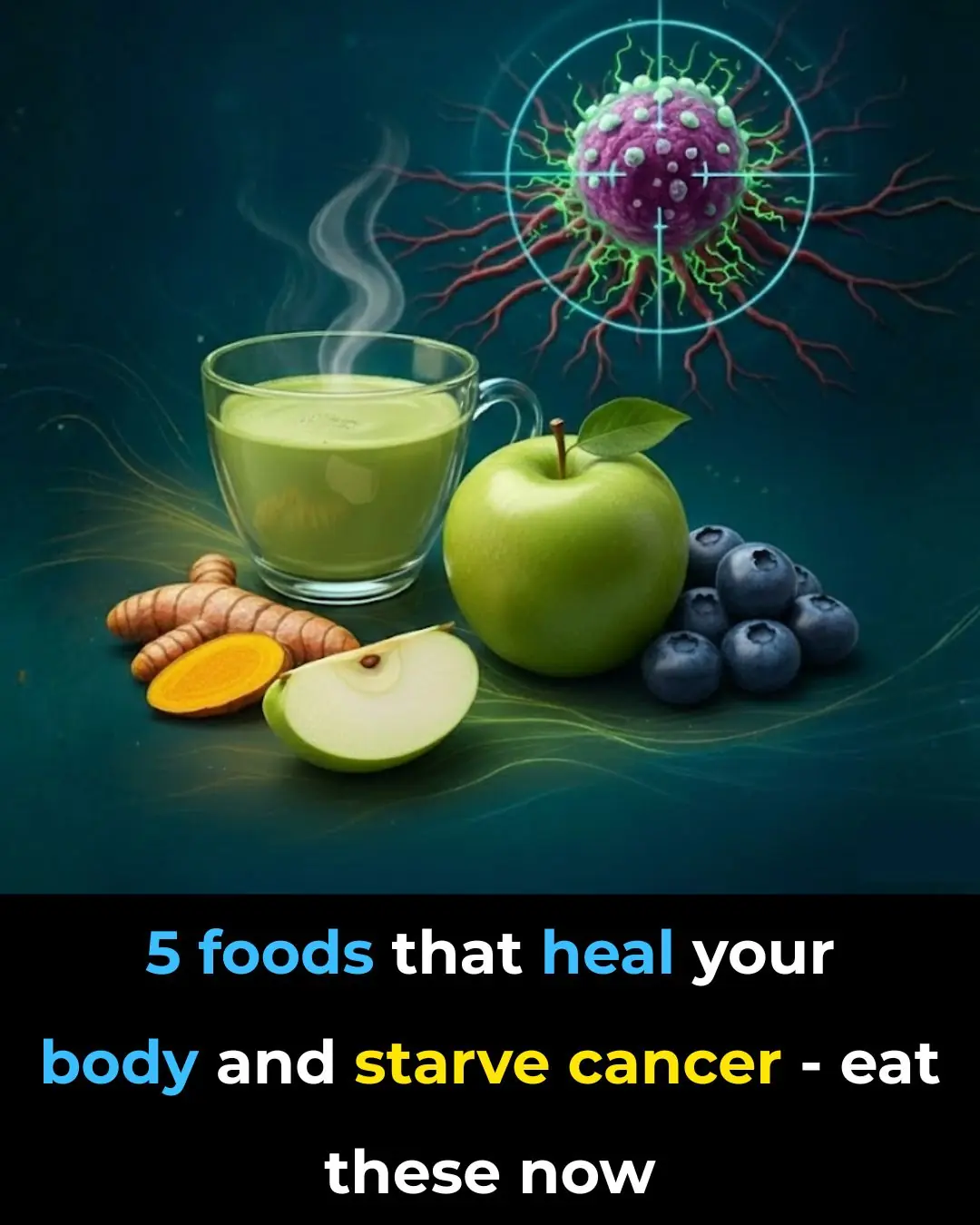
5 foods that heal your body and STARVE cancer—eat these now!
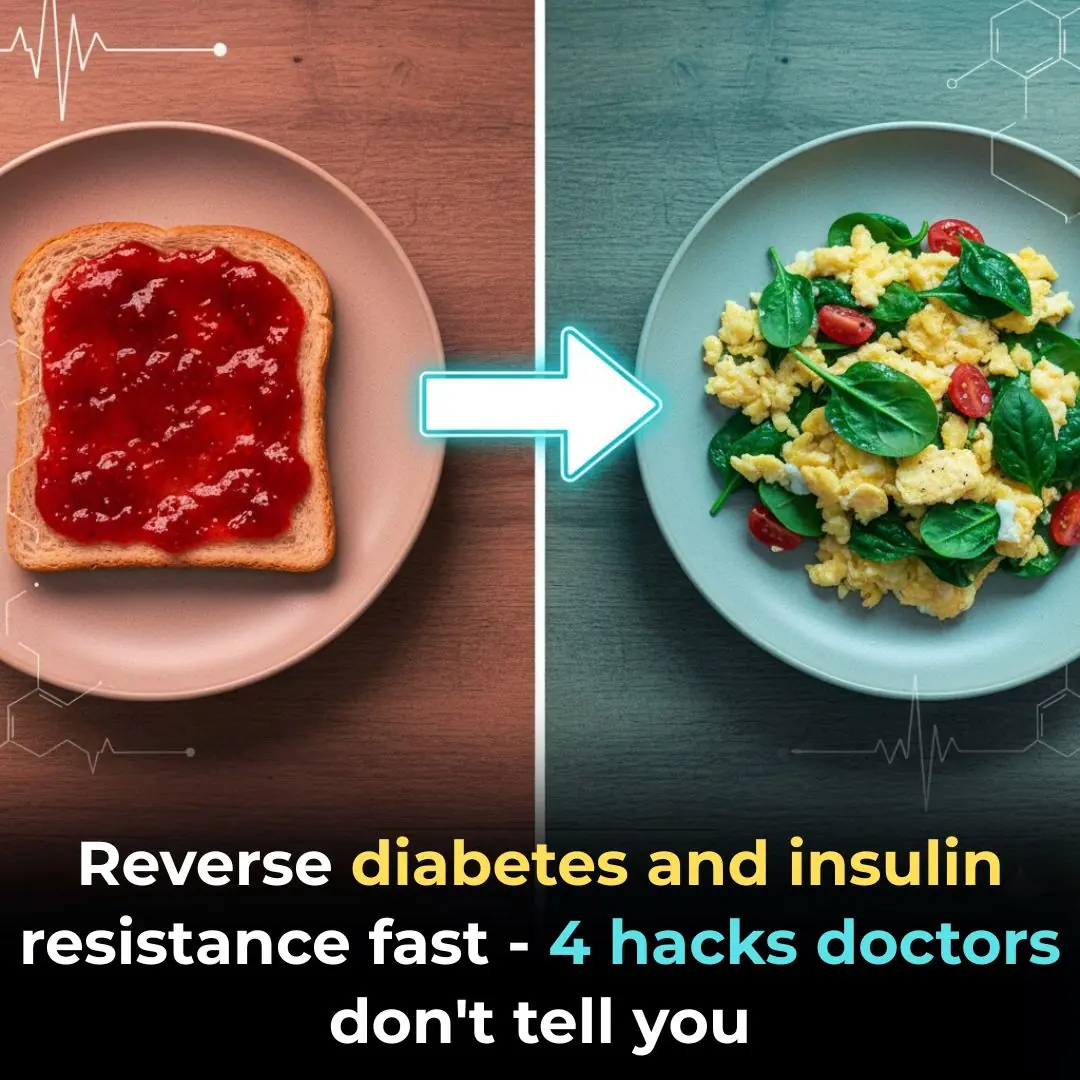
Reverse diabetes and insulin resistance fast—4 hacks doctors don’t tell you!

This is Why You Always Wake Up in the MIDDLE of the Night (and how to make it STOP)

Grow Date Trees From Seed (Start in a Pot → Plant Outdoors): The Complete, No-Stress Guide

The Incredible Benefits of Common Comfrey: Uses, Remedies, and Precautions

14 Reasons to Drink Lemon Water First Thing in the Morning
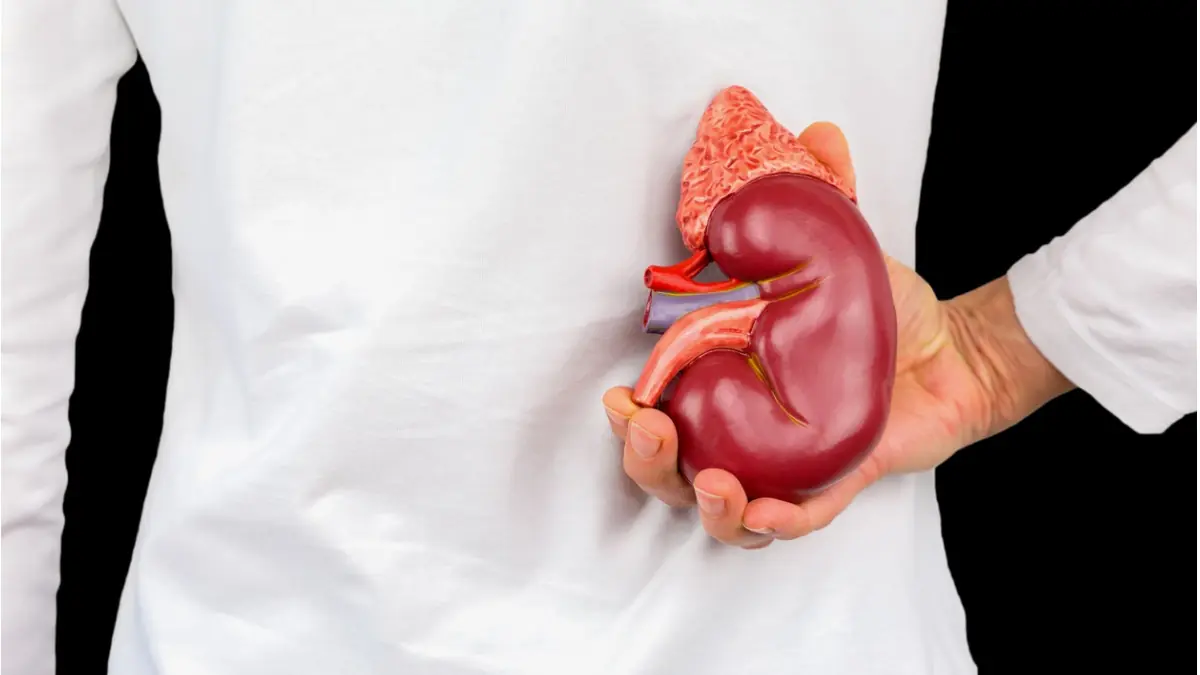
The #1 Food for Detoxifying and Supporting Kidney Health

Dark Chocolate and Tea Found to Significantly Lower Blood Pressure

Why This Doctor Refuses to Prescribe Statins for High Cholesterol
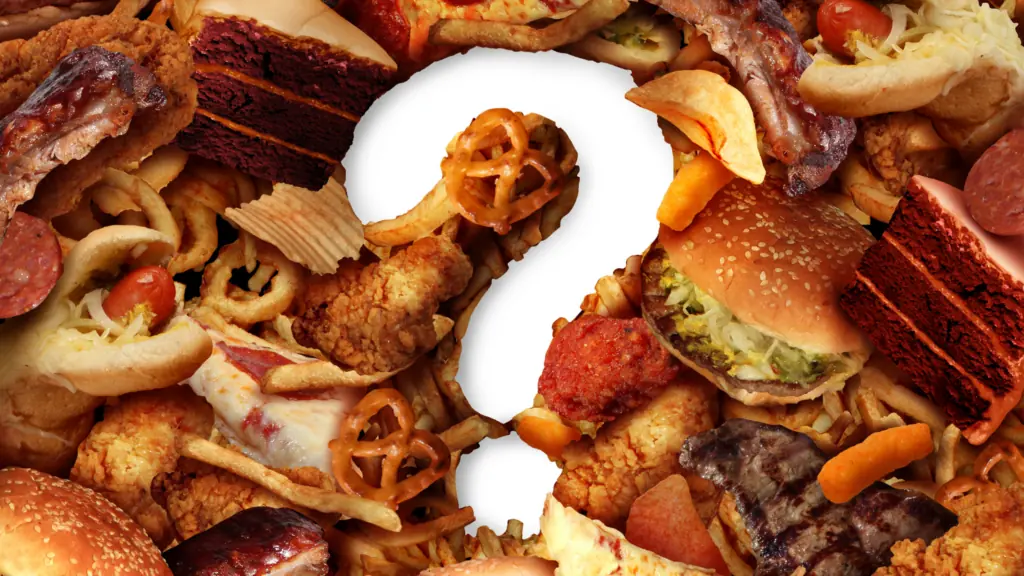
Top 5 Foods to Avoid if You Have High Blood Pressure

How bathing too often can affect your health
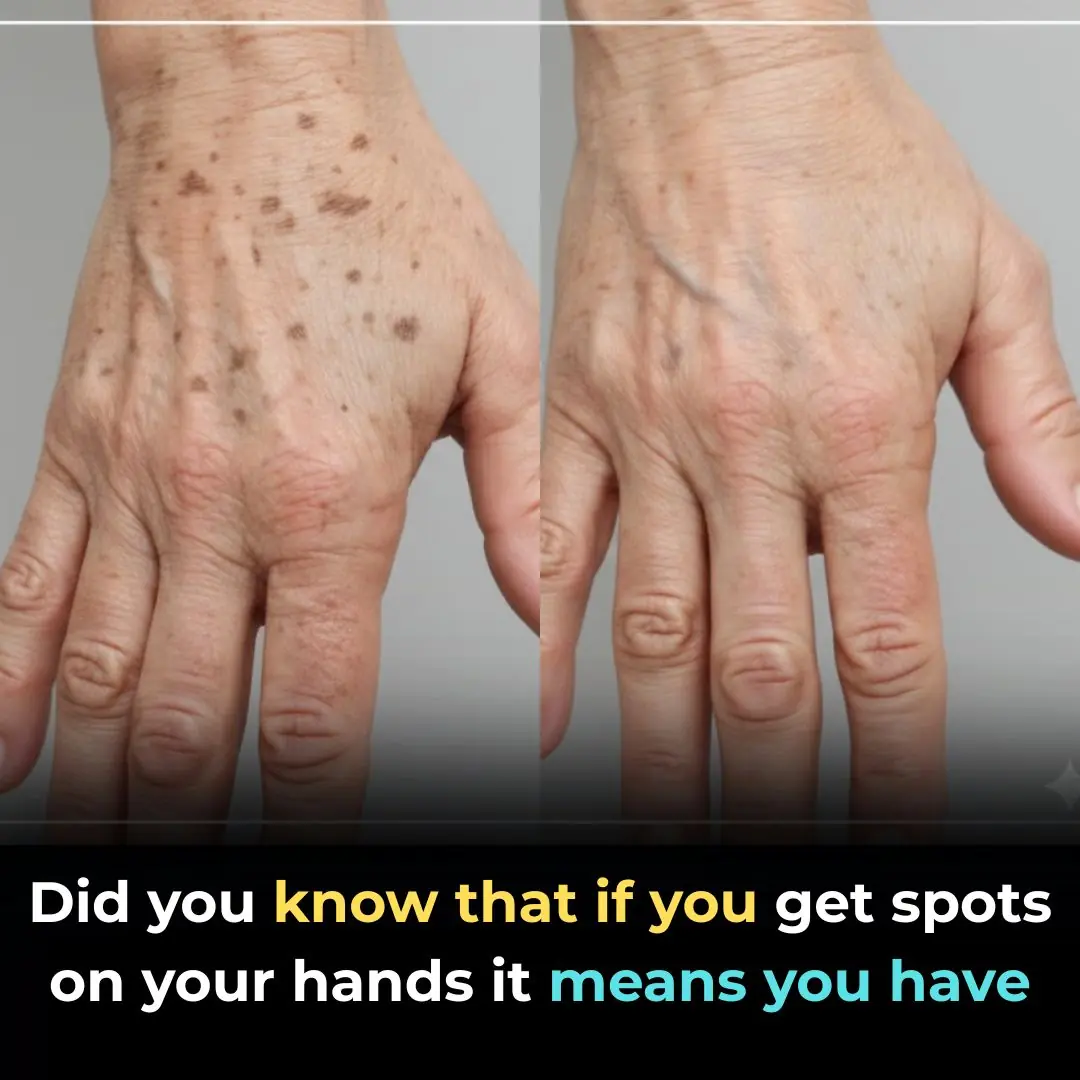
Did you know that if you get spots on your hands it means you have
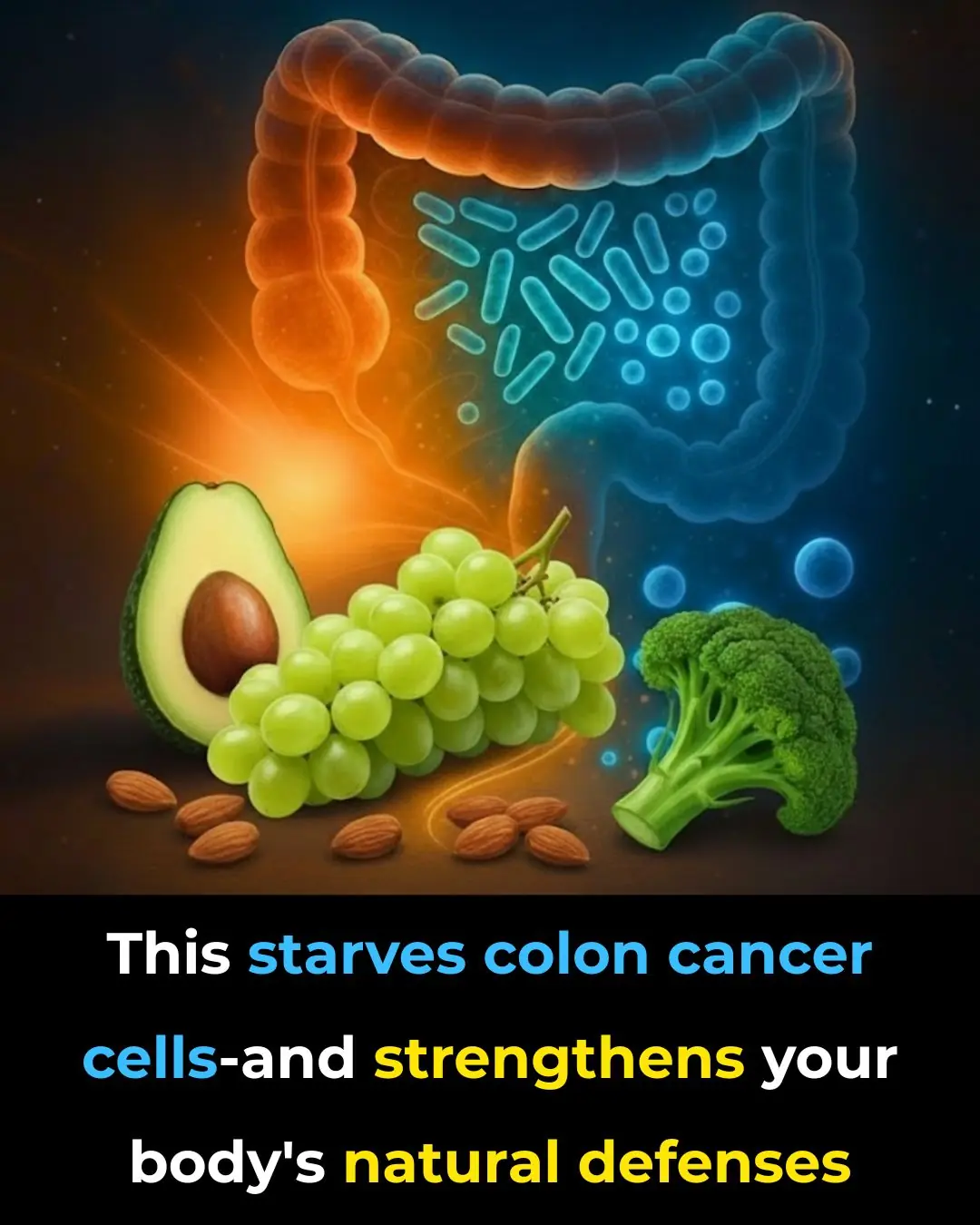
This starves colon cancer cells — and strengthens your body’s natural defenses

7 COLLAGEN-boosting foods to ERASE joint pain & inflammation FAST!

The Human Brain Isn’t Built for Late Nights, Experts Warn

Harvard Doctor Reveals Foods You Should Avoid to Prevent Inflammation
News Post

A Natural Botox Alternative? How a Simple Chia Seed Mask Can Tighten, Brighten, and Rejuvenate the Skin
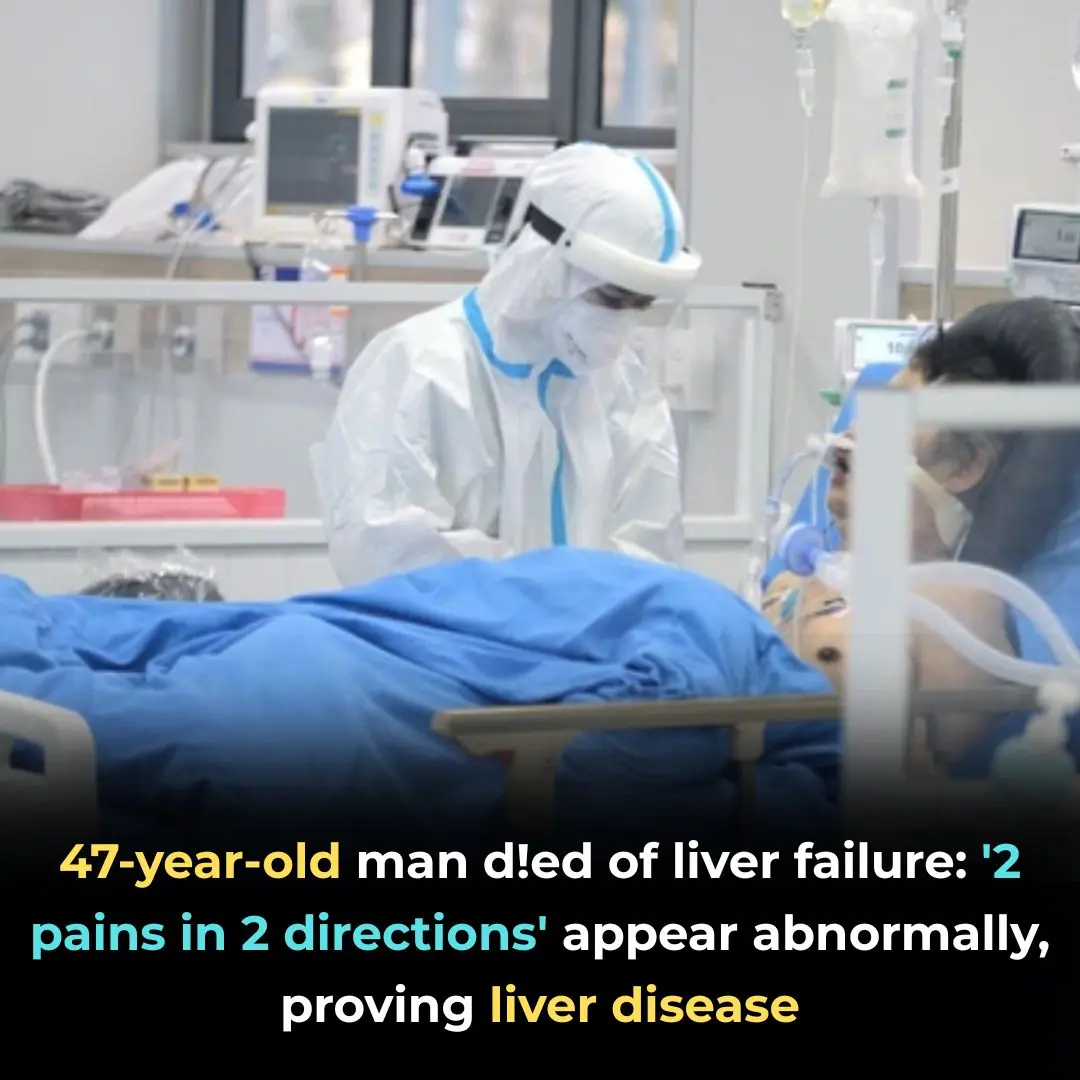
47-Year-Old Man Dies from Liver Failure: “Two Types of Pain, Two Types of Itching” Warn of Serious Liver Disease

Don’t Throw Away Your Empty Milk Powder Cans – Turn Them Into Useful Household Items

If Cancer Cells Are Developing in the Body, These 3 Nighttime Symptoms May Appear

Can you spot the hidden dog? Only people with eagle eyesight can!

Can you spot the book, egg, cup, and pillow?
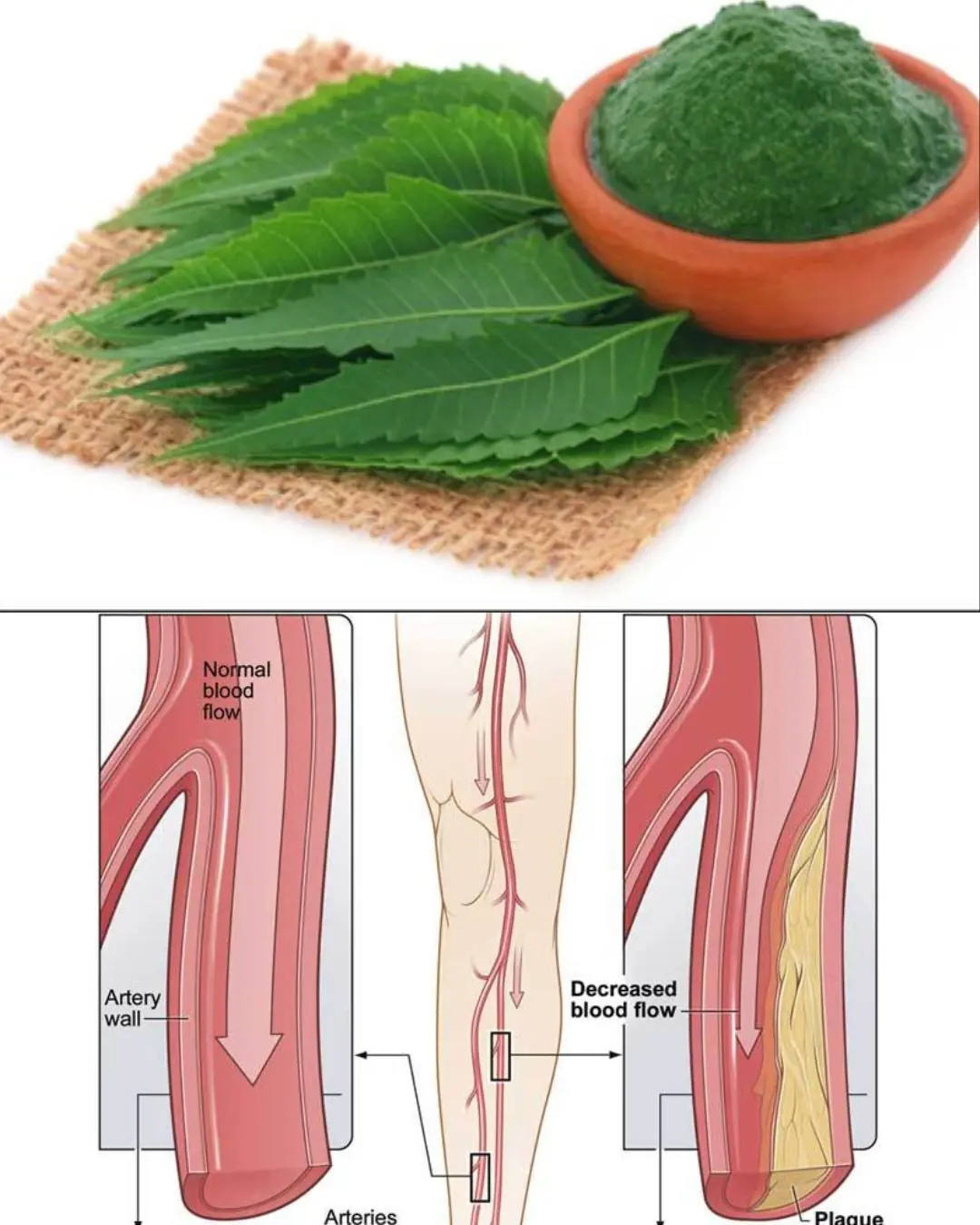
Neem: An Ancient Plant With Potential Health Benefits – What Science Says
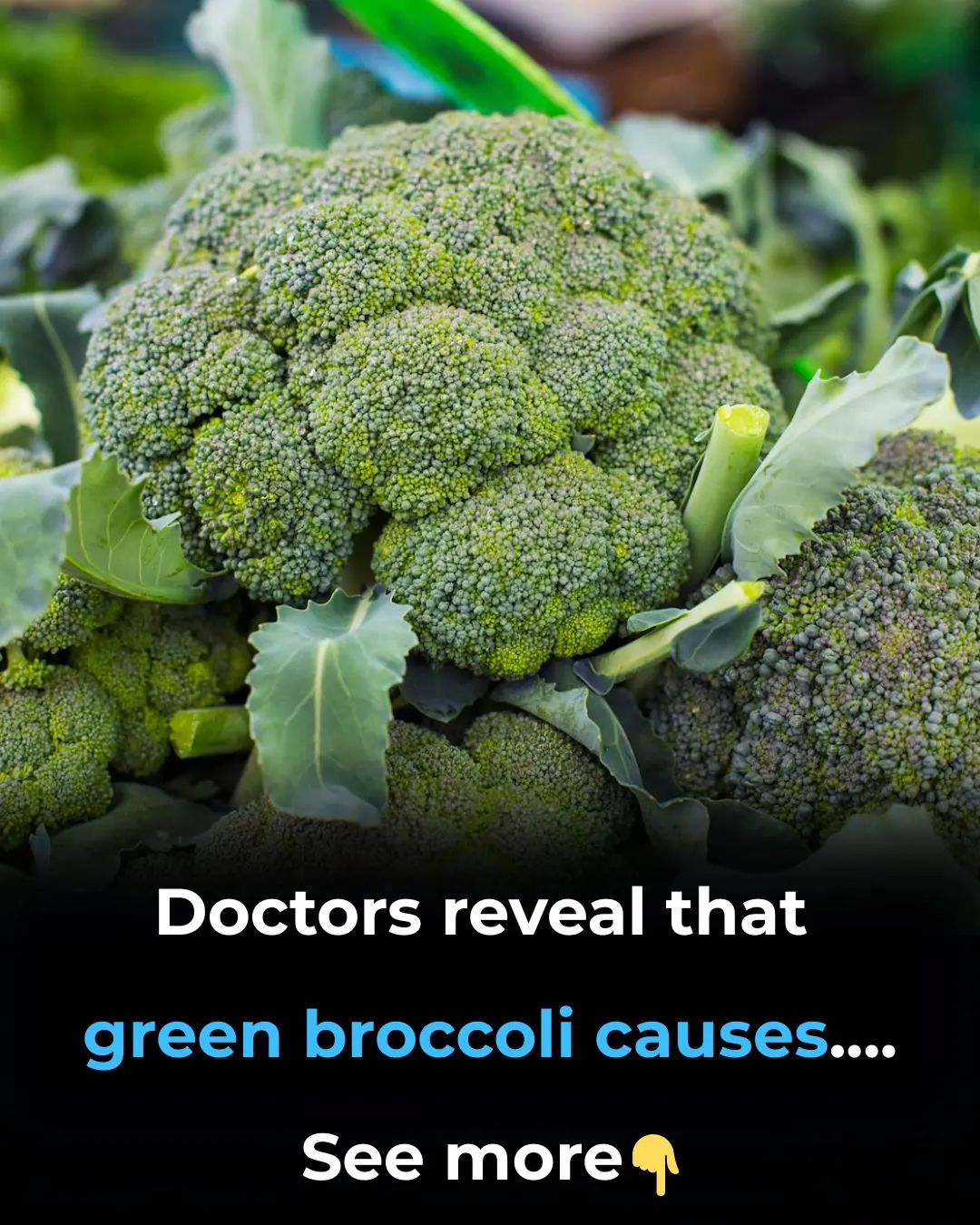
Doctors reveal that green broccoli causes...see more

Artery-Cleaning Foods: The One Meal Doctors Won’t Tell You About

The body will show 5 symptoms to remind you to eat less salt

5 foods that heal your body and STARVE cancer—eat these now!

Reverse diabetes and insulin resistance fast—4 hacks doctors don’t tell you!

This is Why You Always Wake Up in the MIDDLE of the Night (and how to make it STOP)
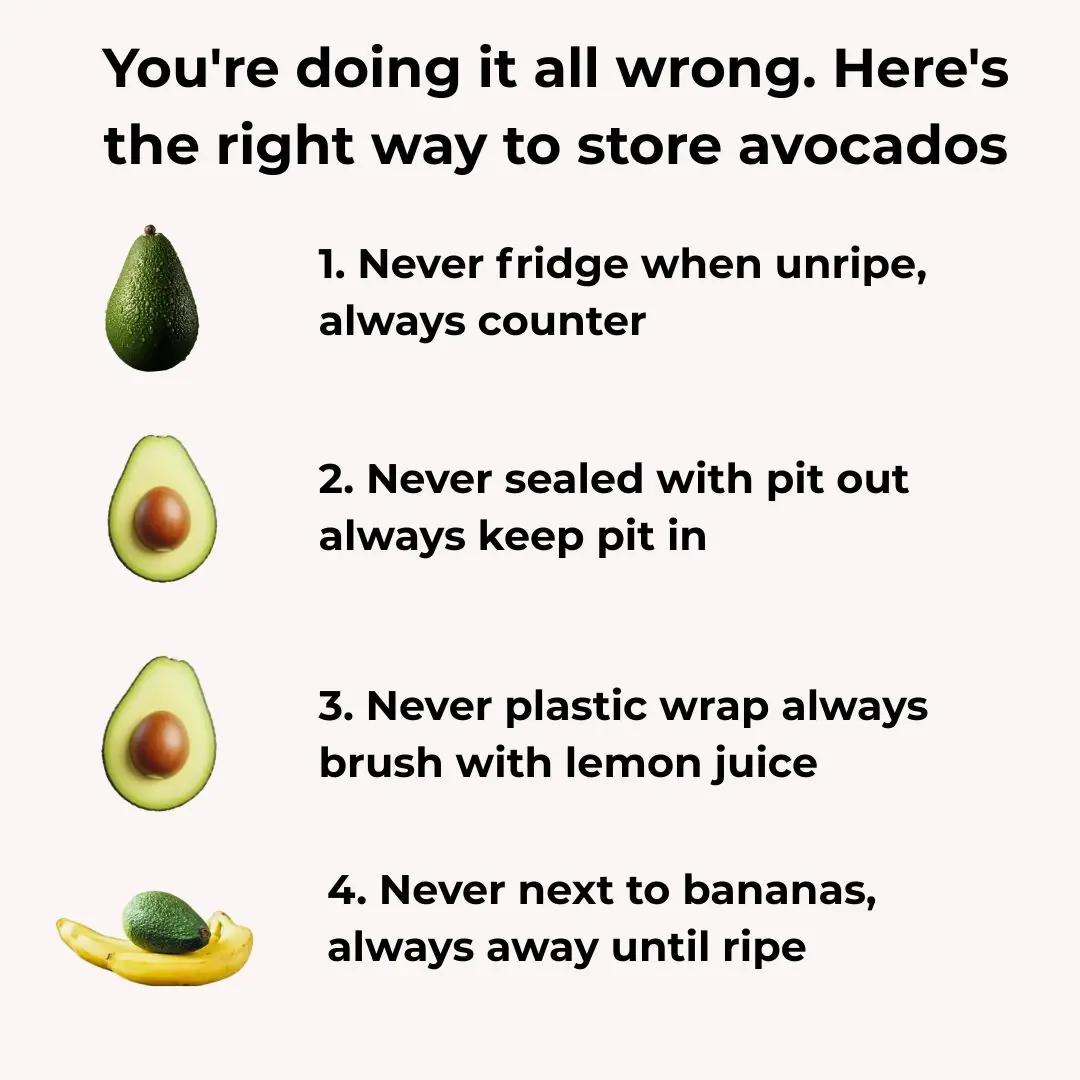
You're doing it all wrong. Here’s the right way to store avocados

8 reasons why adding baking soda to your toilet tank is a must-do trick
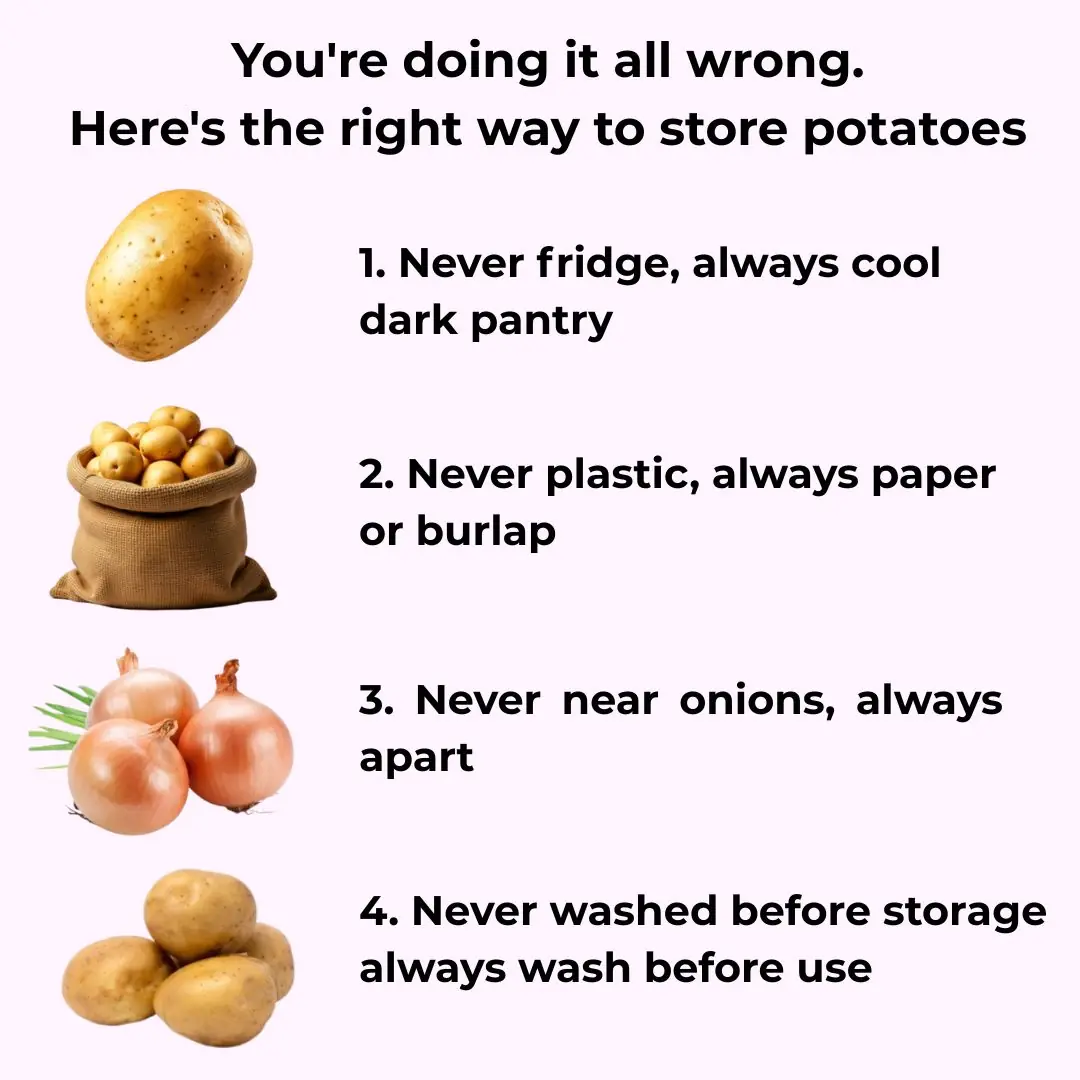
You're doing it all wrong. Here’s the right way to store potatoes

Washing machine stays clean all year without scrubbing thanks to a common household liquid, saving millions every year 👇👇

Aster flowers, the 'miracle cure' hidden in roadside wild plants
